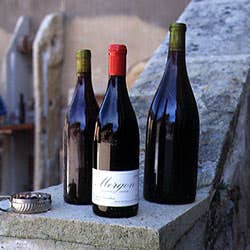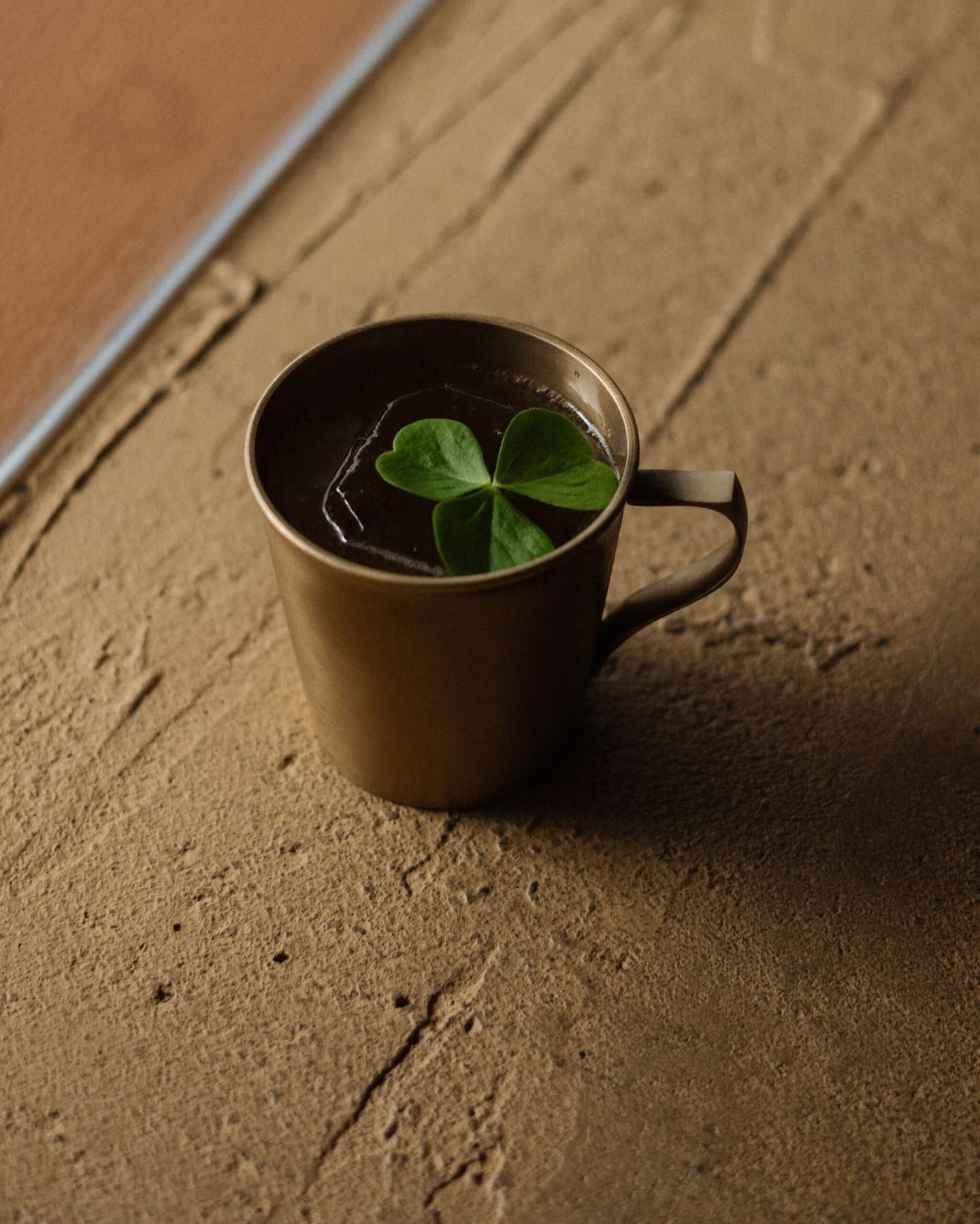
Beaujolais Nouveau
The third Thursday in November is the closest thing the world has to an international wine day. On that date, the shipment of beaujolais nouveau begins—to wine drinkers in every corner of the globe. The trappings of its commerce are sometimes ridiculous: Because the wine can be sold only as of that special Thursday, publicity-conscious wine merchants have gone to great lengths to be the "first" to serve it. Cases of nouveau have been transported to New York on the Concorde and parachuted into England. If they could fax the stuff, somebody probably would.
Beaujolais nouveau—new beaujolais—is vin de l'annee, wine of the year, made quickly, almost always by the process of carbonic semi-maceration. At its best, it is exuberantly fresh and fruity, a memorable frivolity, the most accessible expression of the gamay grape. Though it was once a curiosity, today roughly a third of all the wine produced in Beaujolais each year is nouveau, and this quantity is nearly all sold into distribution within a few weeks of the harvest. Clever marketing and its decent if uncomplicated character have turned beaujolais nouveau into one of the most famous of French exports. But there's a down side to all this: Beaujolais producers find it difficult to convince people that they make other styles of wine, some even capable of long aging. It's as if they had released a commercial genie from the bottle—only to have it swallow the cork.
Keep Reading
Continue to Next Story










